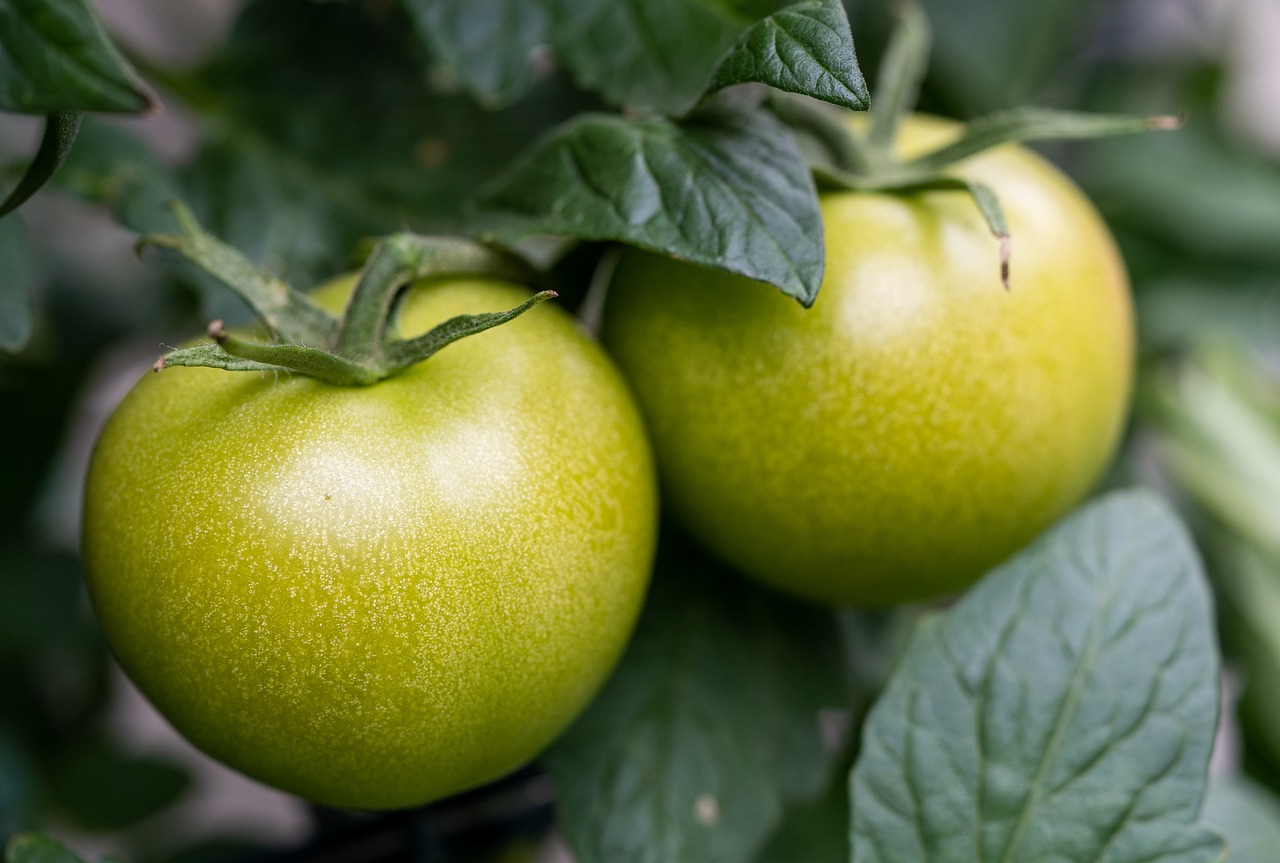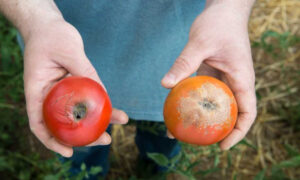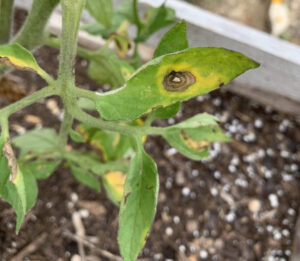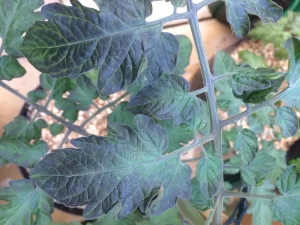It can take quite a bit of patience when waiting for fruit and vegetables to mature and then ripen. Tomatoes are no exception. But what if the tomatoes you are growing aren’t blushing, much less turning red? In this article you will learn the top seven reasons tomatoes do not ripen and what you can do about it.
What Makes Tomatoes Green or Red?
Tomatoes start out green because of their chlorophyll content. Once they reach maturity, that is, they reach their maximum size, they will begin the ripening process by producing ethylene. This plant hormone will cause the chlorophyll to be replaced by a carotenoid called lycopene, which gives red tomatoes their color. Lycopene is also what causes watermelon to be red. (On the other hand, if you are growing yellow tomatoes or watermelon, the carotenoid is lutein.) Without color producing carotenoids, tomatoes will not change color. So, what can cause this garden favorite to fail to change color?
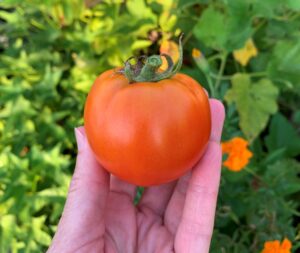
1. Hot Temperatures
Perhaps the number one reason tomatoes do not ripen is because of high temperatures. The ideal temperature for ripening is between 68 to 77°F (20 to 25°C). When temperatures exceed this, especially when it gets above 85°F (29°C), the plant will either slow down its lycopene production or stop altogether. This may come as a surprise since tomatoes and peppers are known for loving the heat. While this is true, too much heat negatively affects the ripening process.
To combat excessive temperatures, you can mulch the area to help retain moisture, and install a shade cloth. Alternatively, you can pick the mature green fruit as it begins to turn color (blush). Store the fruit indoors in a dark space at room temperature. (Contrary to popular opinion, it is the warmth, not the light, from a sunny window that facilitates ripening.) The result should be a flavor that is similar to a vine-ripened tomato.
Another option would be to leave the fruit on the vine and wait until the high temps diminish.

This article contains affiliate links. If you make a purchase using one of these links, I will receive a very small commission at no additional cost to you, and it will help me maintain this website. Rest assured, I only recommend products I actually like!
2. Cold Temperature
Temperatures that are too cold can also impact the ripening process. Typically, a few cooler days won’t make a difference, but temps that persist below 60°F (15°C) can be problematic because it signals to the plant that the growing season is coming to a close.
To remedy the situation, you can add a row cover or a plant blanket to keep them warmer when temperatures are expected to dip. Just remember to remove the cover during the daytime to allow for greater airflow and pollination.
Speaking of cold temperatures, do not store tomatoes in the refrigerator because the cold air will cause the sugar content to turn to starch, and the flavor will be less than optimum.
3. Excessive Nitrogen
While nitrogen is one of the three macronutrients every plant needs, too much can cause plants to redirect their energy away from fruit development towards the production of leaves. If you are experiencing mature fruit that does not ripen, this could be the cause.
You can perform a simple soil nutrient test using an inexpensive kit. Or just be sure to use a fertilizer that is higher in phosphorus than nitrogen. This is the fertilizer that I use. If you want to learn more about fertilizers and NPK (nitrogen, phosphorus, potassium), check out this helpful article.
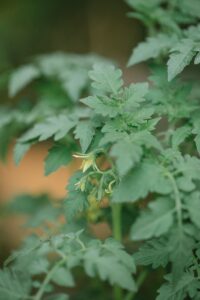
4. Excessive Watering
Tomatoes require a moist environment for optimum growth. However, too much water can slow the ripening process and cause a condition called blossom end rot. It can be a balancing act to try to find the right amount of water needed, especially if you live in a hot climate.
As a rule, check soil dampness one to two inches beneath the surface. If dry to the touch, it is time to water. For a more technical approach, use a soil moisture meter.
5. It’s Simply Not Time
One reason tomatoes are not turning red is because it’s simply not time. This may seem obvious, but it bears mentioning. Tomatoes, on average, take about six to eight weeks from the time the flower is pollinated until the fruit begins to change color (a condition known as blushing). It can take another twenty to thirty days for the mature fruit to fully turn red, or depending on the variety, purple, yellow, orange, or almost black.
If your tomatoes have yet to change color, it could be that they are not fully mature. Check the “days to maturity” listed on the seed packet or plant tag and mark your calendar, so you will know how long you will have to wait for fresh salsa!!
6. Variety
Another somewhat obvious reason tomatoes have not turned red is because of the variety. As mentioned above, not all tomatoes are red. In fact, some varieties, like Green Zebra and Aunt Ruby, will remain green. So, be sure to check the seed packet or the plant tag to make sure the variety you are growing is supposed to change color when ripe.

7. It’s the End of the Season
While a temporary cold spell can momentarily trick plants into thinking it’s the end of the season, the prolonged cold temps that occur when the true end of the season arrives will shut down the ripening process. It is best to harvest any mature green tomatoes and bring them inside to ripen.
Thank you for reading this article! If you found it helpful, please consider sharing it with others via email and social media!
